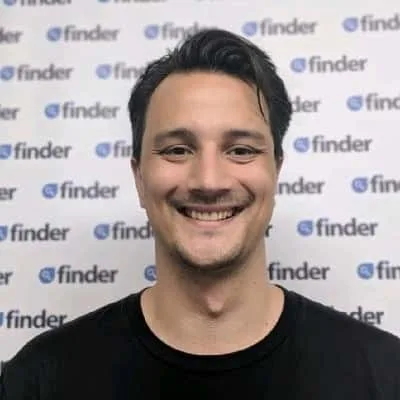Whole life insurance was popular in the '70s and '80s, but it's no longer sold in Australia. A reliable alternative that can provide a safety net for you and your family is term life insurance, which is now used instead of whole life insurance.
The main difference between the two is that whole life insurance used to include an investment portion, which Aussies could withdraw funds from when they retired. When superannuation was made compulsory, there was no longer any need for that investment portion of the policy.
How did whole life insurance work?
Before superannuation was made compulsory, most workers used whole life insurance as a means of providing funds for when they retired, by surrendering their policies so they could access the policy’s cash value. A portion of the premium paid for whole life assurance having been put aside for investment purposes and another to fund the insurance cover.
Cost difference between whole life insurance and term life insurance in Australia
Whole life insurance was considerably more expensive to low cost term insurance, due to the cash value component. However, it is important to note that while the guaranteed earnings you can get with whole life insurance is attractive, often the interest you receive from the investment portion does not pay any more than when you have savings account with a bank.
However, some might still consider whole life to be a worthy investment in Australia, this is because whole life was seen as forced savings and by having a cash value component. Policyholders had the assurance that the life insurance company would have to pay out on whole life insurance one way or another, either in event the life insured’s death or when the policy was surrendered.
What were the advantages and disadvantages of whole life insurance?
|
|
What's the difference between whole life and term life insurance?
Similar to whole life insurance, term life cover provides a lump sum death benefit in the event that the policyholder passes away while the policy is still active. There are some notable differences between whole life and term life insurance. These include:
| Characteristics | Whole Life Insurance | Term Life Insurance |
|---|---|---|
| Cost | More expensive, due to the investment portion of the policy. | More cost-effective. |
| Length of Cover | Covers you for your entire life, provided that premiums are paid when due. | Remains active for the term selected by policy owner at time of application. This can usually be renewed into the future. |
| Flexibility | Not so much - you can’t change your cover amount when your needs change. | Very flexible - you can apply to increase your cover when necessary without having to provide further medical evidence. |
| Inflation | Death benefit stays the same, regardless of the inflation rate, which may result in insufficient cover in the future. | Cover is automatically increased each year to keep up with inflation. |
| Features and Benefits | The cash value component allows you to borrow funds when required, used as a collateral against a loan, or to pay for your premiums. | Greater range of features and benefits that you can tailor to suit your needs. You can also link term life with other types of life insurance to cover temporary and permanent disability. |
How long can term life insurance be taken out for?
You have the power to select a period of cover most suitable for your situation. Applicants usually select terms of 5, 10, 15, 20 and 30 years. Another benefit of term life insurance is that you will continue to be insured in the future as long as you meet the premium payments when due, regardless of any changes to your health, occupation or pastimes.
Get a quote for life insurance
Term life insurance is considered more affordable than whole life insurance, and it's still possible to find a policy with no age limits. The options below also have an expiry age of at least 99 so long as you keep paying your premiums.
Compare other products
We currently don't have that product, but here are others to consider:
How we picked theseFrequently asked questions
Sources
More guides on Finder
-
Best Life Insurance Australia
Read our comprehensive guide to finding the best life insurance policy for your situation.
-
Life insurance through superannuation
Find out how life insurance in superannuation actually works.
-
Do I need life insurance?
Learn about the different types of life insurance available in Australia, and when you might need to take out cover.
-
Mortgage Protection Insurance
Read our guide on the differences between mortgage protection insurance and lenders mortgage insurance.
-
Life insurance rewards programs
Here are some of the health reward programs and discount schemes available from Australian life insurance brands.
-
HCF Life Insurance review
With HCF life insurance products, you can benefit from flexibility and peace of mind given the range of policies to choose from.
-
Allianz Life Insurance Review
What you need to know about Allianz Life Insurance.
-
Life Insurance Deals and Discounts December 2025
Find the latest life insurance deals and discounts from Australian brands.
-
The cost of raising children in Australia
Find out how life insurance can cover your children in case anything happens to you.
-
Is life insurance worth it?
Having the right life insurance policy is invaluable if something happens to you unexpectedly. Find out what makes your policy worthwhile.



